
Chinese archaeologists, conducting excavations in the Nilka district, discovered a large tomb among the mountain ranges, near the river.
Nilka County is located in the Xinjiang Autonomous Region, near the Sino-Kazakhstan border. The site of the find is part of the Jirentai Goukou archaeological site and many archaeologists believe that this is where skiing originated.
For thousands of years, the tomb remained intact, so it preserved its treasures under the earth and stones. The excavations were carried out by the Institute of Archeology at the Chinese Academy of Social Sciences, it was they who announced the find less than a month ago.
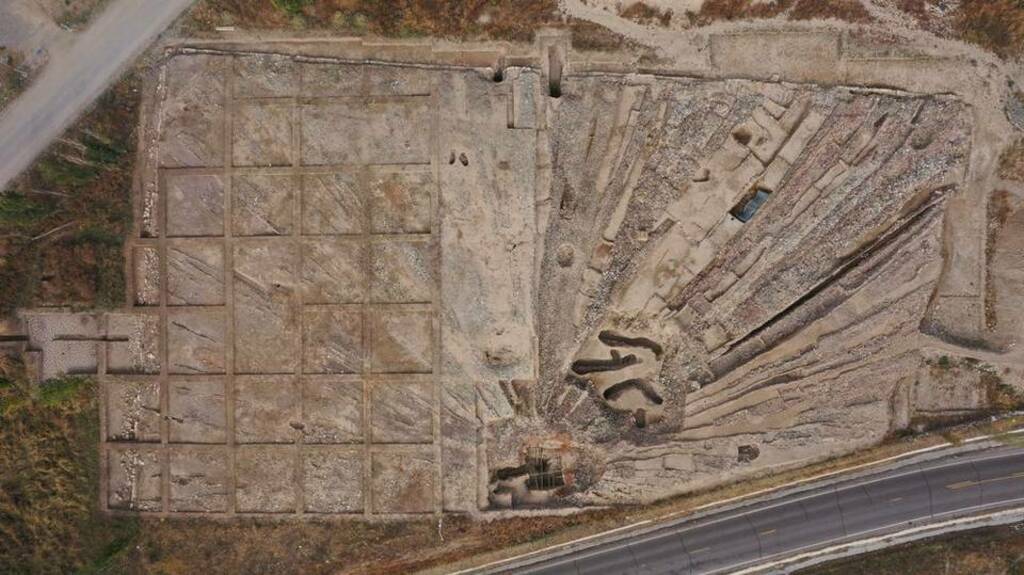
Photo: Xinjiang Institute of Cultural Relics and Archaeology
Scientists date the finds to 3600 years. At that time, these lands were inhabited by the people of the Andronov culture, herders who herded cattle on these territories. So, in their opinion, this is the tomb of an important family, and thanks to the excavation, there is an opportunity to learn about the nuances of their rituals, beliefs and social structures.
More than 500 artifacts were unearthed by archaeologists in this burial. Stone tools, bronze products, ceramics and animal bones. Wooden wheels and more than 30 parts of wooden carriages and wagons were also a valuable find.
An interesting and at the same time unique element among the objects found were skates made of rare material such as horse bones and yellow bull. The front part of the skates is pointed, the back is blunt. Double holes on both sides. The "blade" is very flat, but it made a cutting edge that allowed a person to slide on the ice.
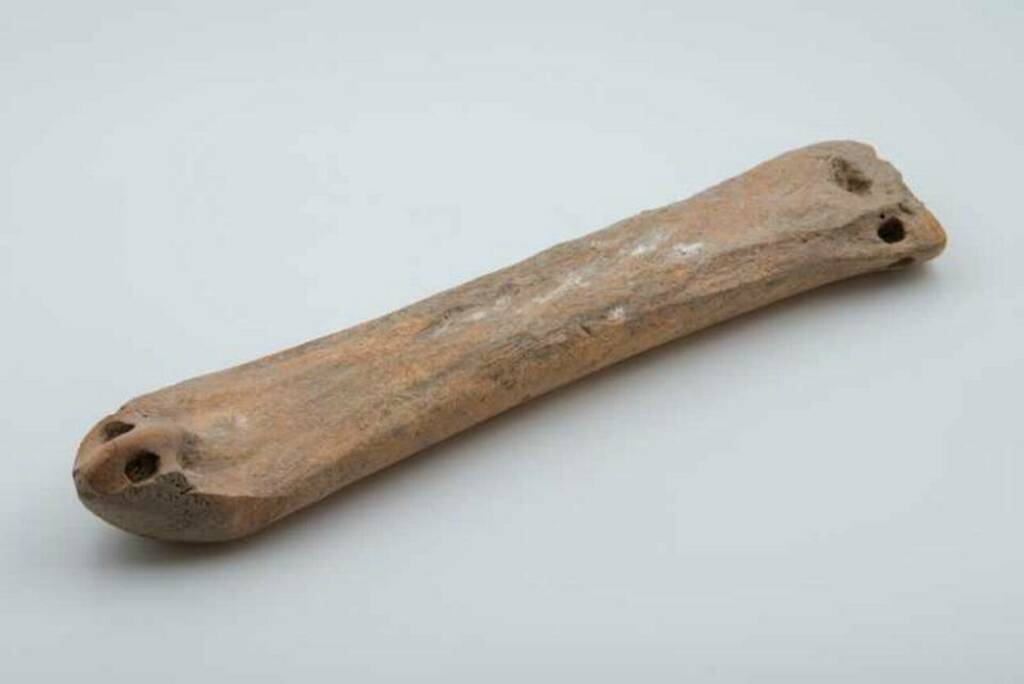
Photo: Xinjiang Institute of Cultural Relics and Archaeology
As you know, in ancient times skates were made from animal bones. Over time, the material was replaced by metal, wood was used as a basis, and leather straps were tied to the leg. In the 19th century, steel blades were invented and replaced the heavy wooden base.
«The recently discovered skates are almost the same as skates from prehistoric Europe, which can be interpreted as new evidence for the theoretical exchange of information between ancient people. west and east in the Bronze Age. It is also a rare physical material for studying the origin of skating in China.» said Ruan Qirong, an archaeologist at the Institute of Cultural Relics and Archaeology.
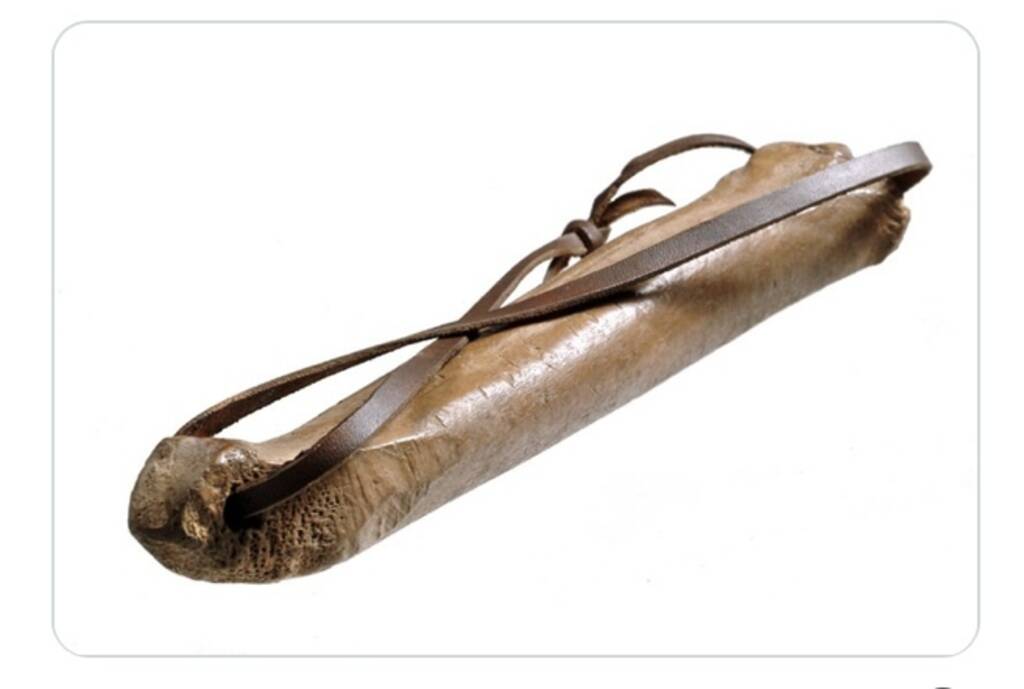
Photo: Museum of London
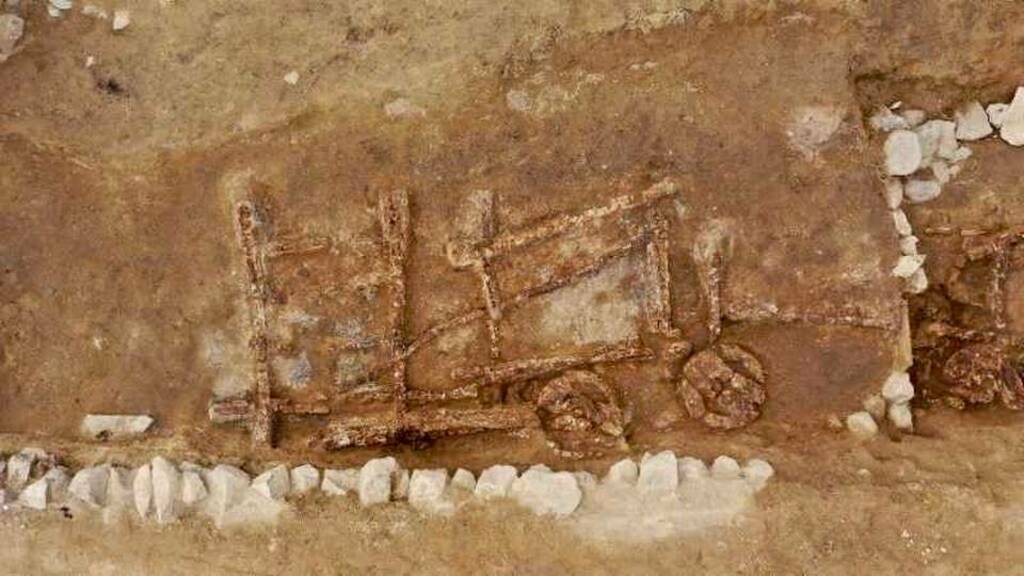
Parts of the cart discovered during excavations. Photo: Xinjiang Institute of Cultural Relics and Archaeology
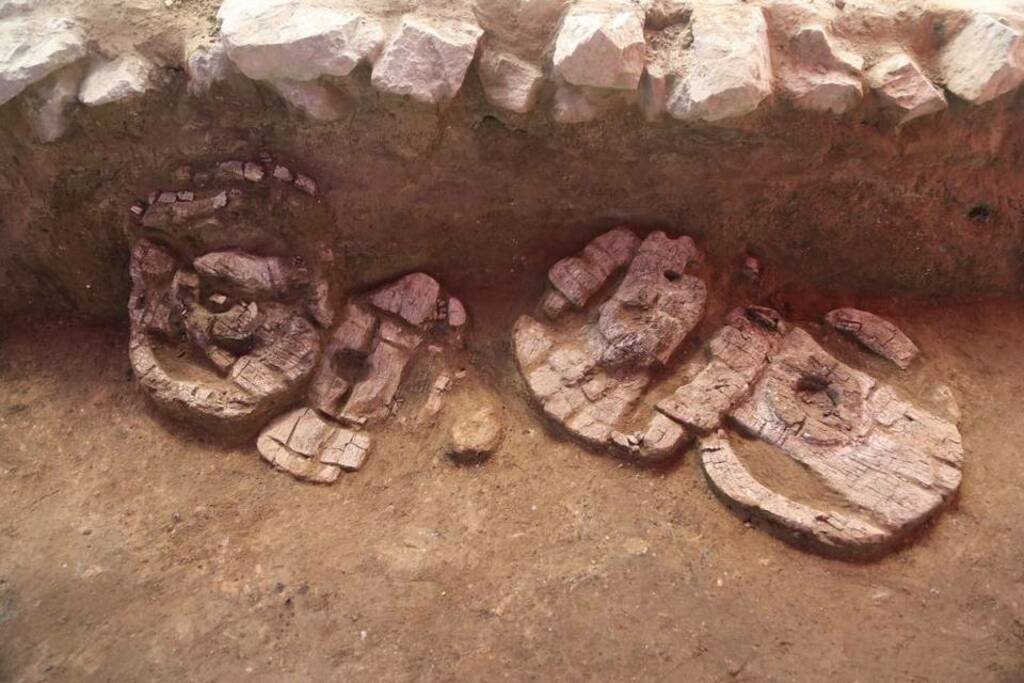
Wooden wheels. Photo: Xinjiang Institute of Cultural Relics and Archaeology
